“An American Craftsman” Offers Handmade Wares with Character
Richard Rothbard, an old master of woodworking, has run An American Craftsman since 1980. He hopes that the artistry of its products will appeal to customers and help the store survive in an age of alienation where people often shop on their computers and stride along the street rather than stroll.
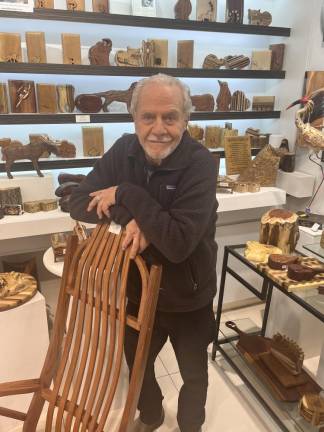
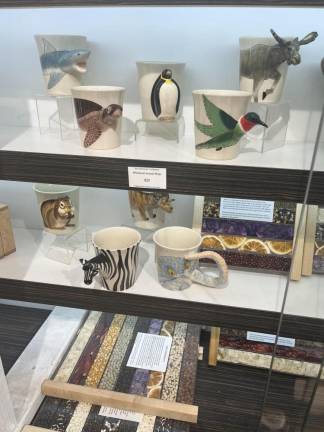
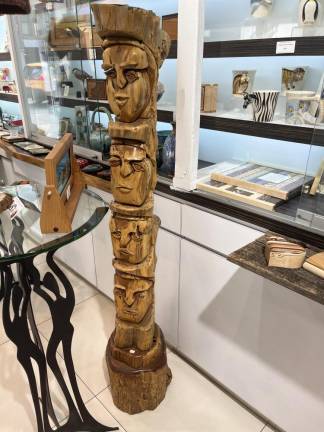
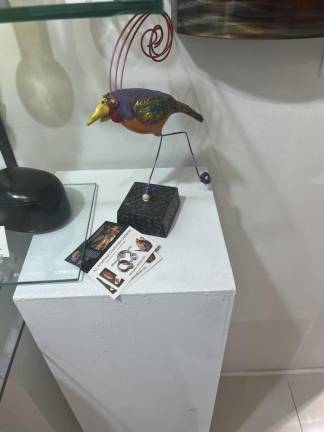
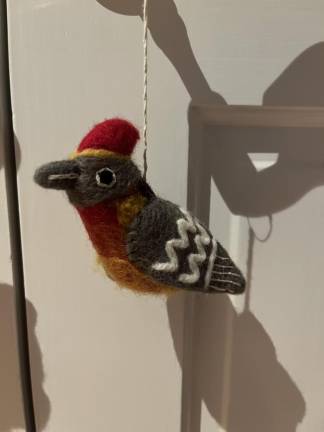
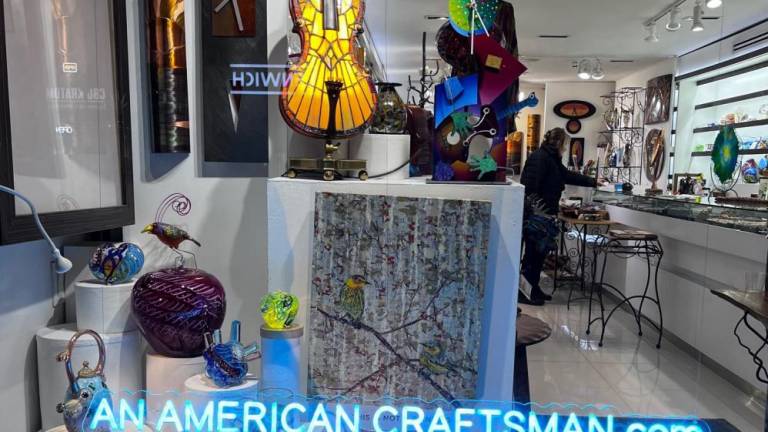
Richard Rothbard is holding a rock, but it’s made of wood. His well-practiced fingers have carved onto its surface a network of crevices and craters that sometimes mark where a piece can be removed to expose hidden compartments. Another wooden creation is shaped like a piano. When part of it is removed, music springs from an unseen mechanism.
“Every one of these puzzle boxes tell a story, from the moment I find and choose the wood that’s right for the design,” says Rothbard, his hand laid on a heart made from African padauk. “Wood is exciting in its simplest forms, and woodworking allows for endless possibilities.”
If Rothbard is a storyteller of wood, other artists whose work is featured in his store and gallery, An American Craftsman, tell their stories through glass, metal, ceramics, embroidery, and soap, in the form of vases, trays, cups, pizza cutters, lamps, fish, and lamps shaped like fish. The artists often use highly complex techniques to produce unusual and enchanting textures and finishes. Palm-sized cups whose colors crackle or flow like wet, blotted ink were created using the Japanese raku technique–taken from the kiln while still glowing red-hot and placed in sawdust to catch the fire, starving it of oxygen.
Sometimes, a customer will request something special. So one of the artists made a box with a fey-looking child and the name “Angel” engraved on top. The neighborhood doorman who asked for the piece hopes that his newborn daughter will treasure the gift for the rest of her life.
An American Craftsman, which opened in 1980 in Greenwich Village, is now located on 789 Lexington Avenue in the UES and 22 Walker Street in Lenox, Massachusetts. Works from over 400 artists, all with their own specialty, line its shelves and display cases. According to Rothbard, shifts in the retail business closed down the wholesale markets and fairs where they would have sold their crafts. “They all went out of business,” he says. “But here, they find an outlet for their work. We find the artists, often they come to us with what they do–we’ve been around a long time so they know who we are.”
Near the entrance of the store, colorfully-embroidered birds hang from metal branches on a tree-like pole. “This guy specializes in birds,” Rothbard says. “He has a whole line of them, big and small, some with crests, and at some point we had to decide whether or not these are items that we like for our store. We decided they were, and it turns out there’s a good market for them.” The birds are popular year-round, but especially in autumn, when for some reason people have a particular affinity for avian creatures.
An American Craftsman also features many of Rothbard’s creations, including the members of his puzzle box collection, which he describes as his most important enterprise. He first started woodworking in the early 1960s as a Broadway actor who was often called to help with stage furniture and also used the workshop to make furniture for his own apartment. Then, he encountered a handmade dining table crafted from two free-form matched planks of walnut. The piece amazed Rothbard so much that he dropped his acting career for woodworking. In 1967, he opened Impressions on Wood, a furniture workshop.
Over the next 55 years, Rothbard experimented with different techniques and forms of woodworking, met his wife Joanna, and with her help, exhibited his work at fairs across the country and opened An American Craftsman. He still creates wonders out of wood in a workshop adjoined to his home in Sugar Loaf, New York.
Rothbard looks back on the craft fairs wistfully. In a world where shopping takes place online, people stride to destinations rather than stroll along shop-lined sidewalks, and chain department stores dominate the landscape of household items with dull, utilitarian appeal, he hopes that his store can avoid their fate. “There are almost no more unique mom-and-pop gift stores in the city anymore,” Rothbard said. “Retailers who rely on the public to look in their windows and get excited and come into the store are all having a tough time.”
To attract more customers, Rothbard places some of his more intriguing items–including the embroidered birds–outside next to the entrance, which is bolder than simply leaving them on the store windows. The effort to remind people that handmade crafts still exist and that they might like some in their home seems to work. A few people come in, and Rothbard gives me a knowing glance from the side of his eye. One of them picks a bright blue bird with outstretched wings, even though it is not yet autumn.